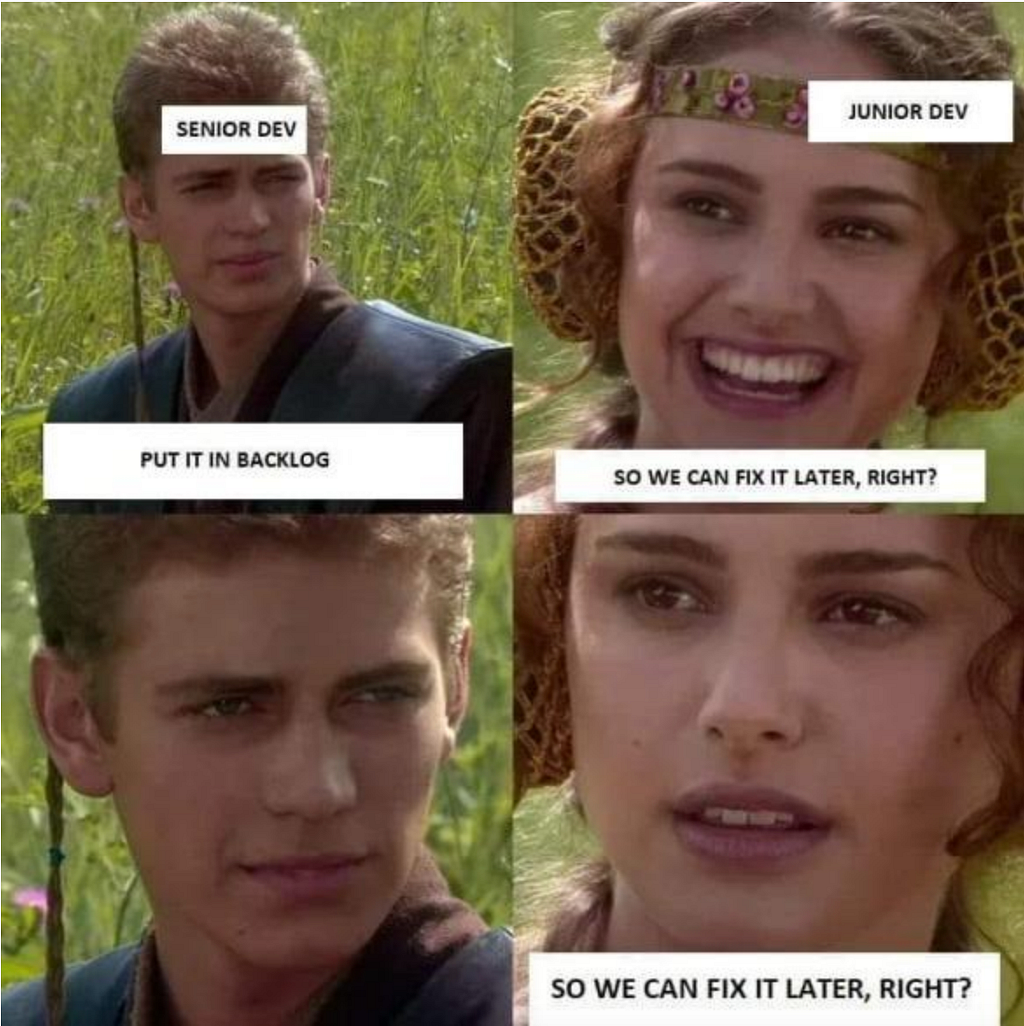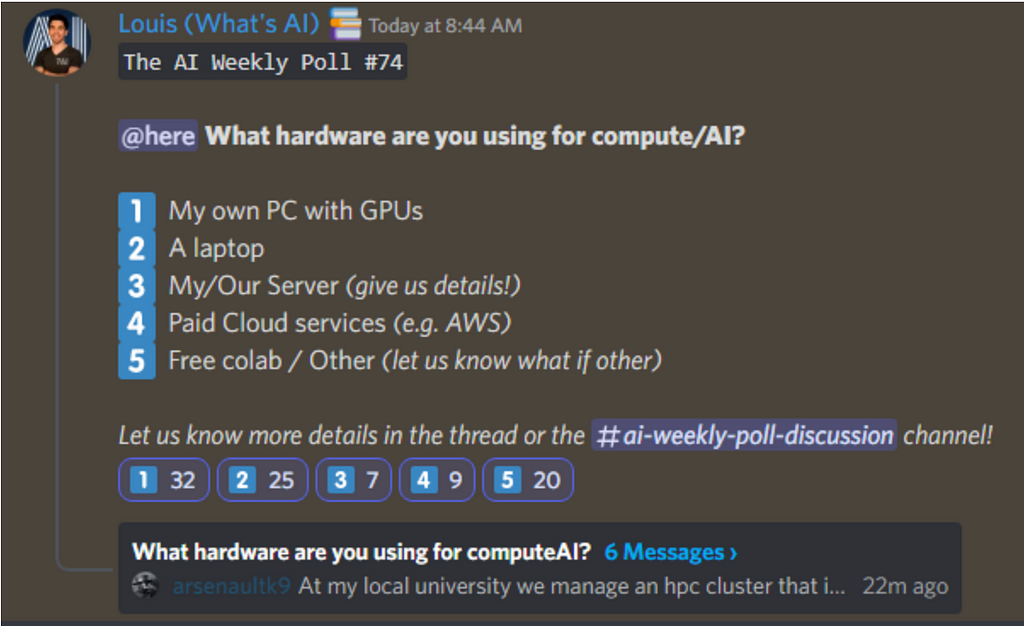
This AI newsletter is all you need #14
Last Updated on October 8, 2022 by Editorial Team
Author(s): Lauren Keegan
Originally published on Towards AI the World’s Leading AI and Technology News and Media Company. If you are building an AI-related product or service, we invite you to consider becoming an AI sponsor. At Towards AI, we help scale AI and technology startups. Let us help you unleash your technology to the masses.
What happened this week in AI by Louis
This week we saw some interesting AI news once again involving stable diffusion-like models: Getty Images banning AI-generated content. If you are selling AI-generated content, be careful!
Indeed, Getty Images has banned the upload and sale of illustrations generated using AI art tools like DALL-E, Midjourney, and Stable Diffusion fearing copyright issues.
“There are real concerns concerning the copyright of outputs from these models.” And I do agree with that. There are real concerns in figuring out who really is the creator of such a piece and who can claim authorship and sales, not even talking about copyright issues. This is similar to all new fields and applications like the start of the Internet: we need to figure out the legal answers to these questions, especially (but rarely possible) before such problems appear, even though it seems much more like a gray area than clearly “outline-able” rules.
What do you think about copyright issues with these deep nets? Can we sell the art it makes? We’ve already seen controversy from AI arts winning competitions, and now people that make money from it.
The million-dollar question is, who should profit from it? Should it be the algorithm’s creator, the creator(s) of the millions of images used in training, the company hosting and developing the model (e.g., OpenAI), or the model’s user and prompt engineer that produced the results?
Hottest News
- A Demo for Stable Diffusion fine-tuned on Pokémon!
A very cool demo for Stable Diffusion fine-tuned on Pokémon to generate new Pokémon (very funny ones, see the cover image!). Try it here or with the Google colab here. Made by Justin Pinkney. Justin even published a guide covering how to fine-tune stable diffusion for your own use. - Stable Diffusion implemented using Tensorflow and Keras!
Comment by the creator of Keras, François Chollet: “It’s faster, it’s more concise, and the code is elegant. You can add TPU and multi-GPU inference in 1 line. You can export the model to TF.js or TFLite for on-device inference.” A quick summary of the Tensorflow implementation: Converted pre-trained models, easy to understand code, and minimal code footprint. Code, Colab - ECCV is in one month… and I will be there!
If you are hesitating about going to ECCV, just go for it! Take this opportunity to learn and expand your professional/research network (and meet with me!). Let me know if you are going. I would love to chat with you! This year, ECCV is in Tel Aviv. I’ll be there for the event and staying a few more days, so please reach out if you are in or near Tel Aviv too!
Most interesting papers of the week
- VToonify: Controllable High-Resolution Portrait Video Style Transfer
A controllable high-resolution portrait video style transfer framework. - I2DFormer: Learning Image to Document Attention for Zero-Shot Image Classification
I2DFormer is a novel transformer-based zero-shot learning (ZSL) framework that jointly learns to encode images and documents (from Wikipedia) by aligning both modalities in a shared embedding space. - [NVIDIA] NeuralMarker: A Framework for Learning General Marker Correspondence
“We propose a novel framework NeuralMarker, training a neural network estimating dense marker correspondences under various challenging conditions, such as marker deformation, harsh lighting, etc.”
Enjoy these papers and news summaries? Get a daily recap in your inbox!
The Learn AI Together Community section!
Meme of the week!

Sure, it will be fixed… Meme shared by Brooke#5801.
Featured Community post from the Discord
A really cool initiative by one of our members arsenaultk9 #2059:
“If you’re interested in learning how to use machine learning to generate music, I’ve published this article, including code to generate midi: https://medium.com/@arsenaultk9/artificial-intelligence-music-generation-melody-harmonization-pt1-cb3e92c9a0ca”
–arsenaultk9, 09/20/2022
AI poll of the week!

TAI Curated section
Article of the week
Stop Using Grid Search! The Complete Practical Tutorial on Keras Tuner by Poulinakis Kon
Even experts are often trapped in rabbit holes of trial and error procedures until they find a good hyperparameter combination for their Neural Networks. Keras-Tuner is a tool that will help you optimize your neural network and find a close to optimal hyperparameter set. In this article, you will not only learn how to use KerasTuner but also some unique tricks, such as tuning parameters in each layer separately or tuning the learning rate in conjunction with the optimizer.
Our must-read articles
A Gentle Introduction to Automatic Differentiation by Pablo Monteagudo
This Is How You Can Build a Churn Prediction Model Using Spark by Paul Iusztin
If you are interested in publishing with Towards AI, check our guidelines and sign up. We will publish your work to our network if it meets our editorial policies and standards.
Ethical Take on AI Art’s Economic Responsibility Gap by Lauren
I will take a stab at Louis’ million dollar question! How do ownership and profit rights apply to AI generated art? We can take a page from another area of AI thought: the responsibility gap in Robert Sparrow’s 2007 paper titled Killer Robots. The issue is not with rights to profit, but with jus in bellum, a condition for just war in which someone can be held responsible for a death; a condition that autonomous weapons systems can’t satisfy with their nonpoint development process. Our systems only allow for one source and AI is a product of multiple sources, so which source is the true source? Even many years later, we still struggle with this gray area in its various forms.
Coming back to AI-generated art, we’re in need of legislation that tells us the best way to move forth into this new unknown, offering an accountability framework for proceeding ethically. But how do we form this structure? For this problem, it’s essential to look at the visual art community and economy as a whole. What issues exist that could be exacerbated by the presence and profits of AI art? Who has unfair advantages or disadvantages within the space? These questions will reveal where the weak points are and inform what areas need the most support by future legislation. For the time being, proceeding with caution and developing a sustainable long-term multilayered approach is the best way forward.
Job offers
Senior Software Engineer @ Captur (Remote, +/- 2 hours UK time)
Machine Learning Apprentice @ HingeHealth (Remote)
Senior ML Ops Engineers @ BenchSi (Remote)
ML/Algorithms Engineer @ Aurora Insight (Hybrid Remote)
Data Scientist @ Electra (Remote)
ML Research Intern @ Genesis Therapeutics (Burlingame, CA)
Senior Staff Data Scientist @ One Concern (Remote)
Interested in sharing a job opportunity here? Contact sponsors@towardsai.net or post the opportunity in our #hiring channel on discord!
If you are preparing your next machine learning interview, don’t hesitate to check out our leading interview preparation website, confetti!

This AI newsletter is all you need #14 was originally published in Towards AI on Medium, where people are continuing the conversation by highlighting and responding to this story.
Join thousands of data leaders on the AI newsletter. It’s free, we don’t spam, and we never share your email address. Keep up to date with the latest work in AI. From research to projects and ideas. If you are building an AI startup, an AI-related product, or a service, we invite you to consider becoming a sponsor.
Published via Towards AI
Take our 90+ lesson From Beginner to Advanced LLM Developer Certification: From choosing a project to deploying a working product this is the most comprehensive and practical LLM course out there!
Towards AI has published Building LLMs for Production—our 470+ page guide to mastering LLMs with practical projects and expert insights!

Discover Your Dream AI Career at Towards AI Jobs
Towards AI has built a jobs board tailored specifically to Machine Learning and Data Science Jobs and Skills. Our software searches for live AI jobs each hour, labels and categorises them and makes them easily searchable. Explore over 40,000 live jobs today with Towards AI Jobs!
Note: Content contains the views of the contributing authors and not Towards AI.












